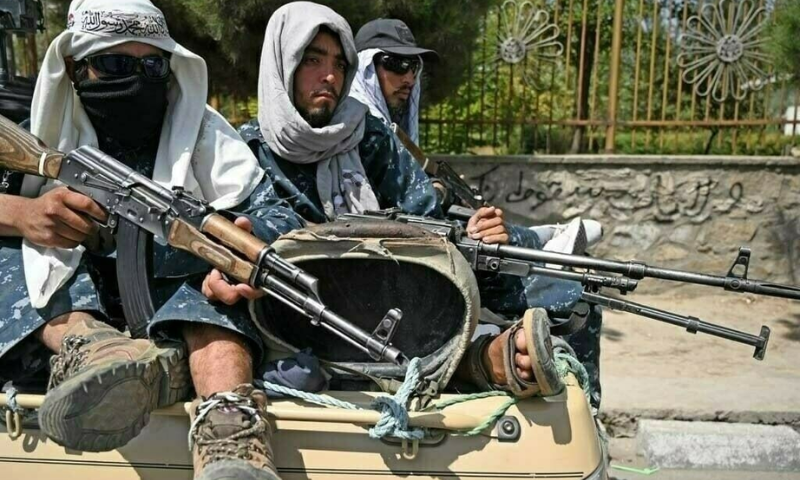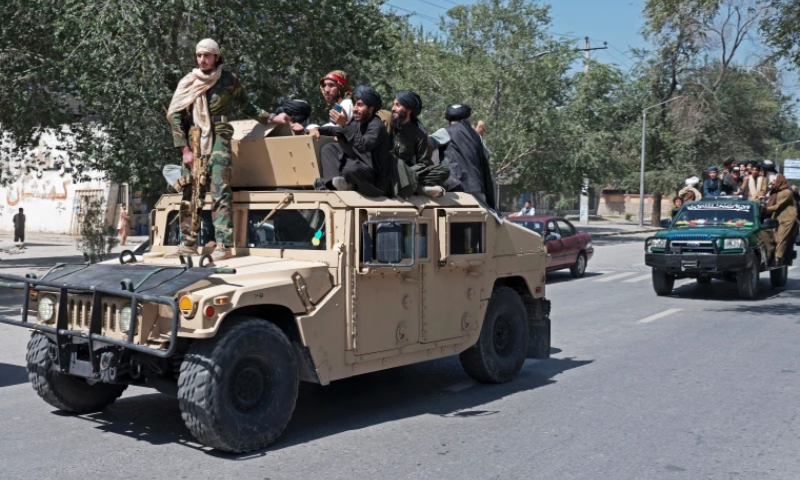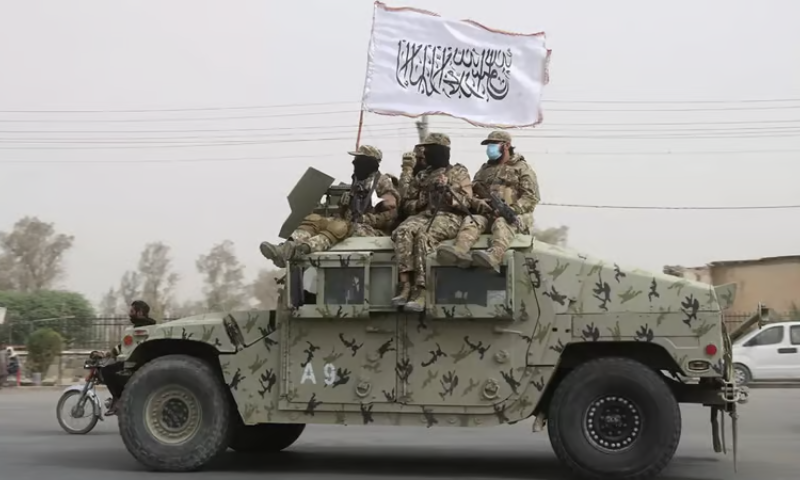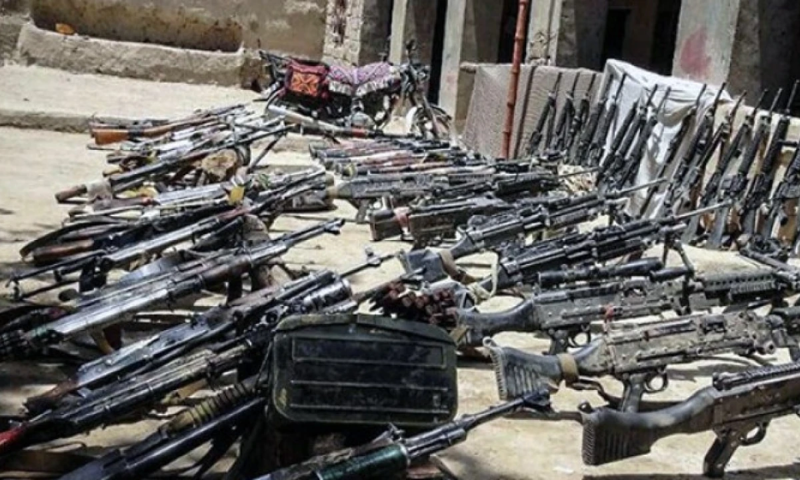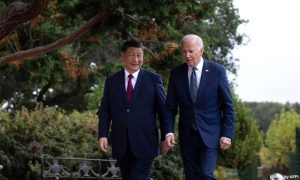The chaotic withdrawal of U.S. and NATO forces from Afghanistan in August 2021 left behind a vast arsenal of military equipment that has had far-reaching consequences, not only for Afghanistan but for its neighbors as well. Since the U.S. exit, the counterterrorism situation in Afghanistan has deteriorated rapidly, exacerbated by the inability of the Taliban to govern effectively and control the rising threat from militant groups. The most pressing concern is that the weapons and military hardware left behind by the departing Western forces have fallen into the hands of terrorist organizations like Al-Qaeda, Tehrik-i-Taliban Pakistan (TTP), and the Islamic State Khorasan Province (ISKP).
The Taliban, while claiming to be in control of the country, have been unable to prevent militant groups from establishing strongholds in various parts of Afghanistan. Al-Qaeda, despite repeated Taliban assurances to the international community about their commitment to combat terrorism, continues to thrive in Afghanistan. The terrorist organization, once closely allied with the Taliban, is using the country as a secure base to regroup and plan operations, undermining regional and global security efforts. The U.S. State Department has already shown its concern about the rise of terrorist organizations like ISKP and TTP in Afghanistan. But showing concerns will not suffice the global responsibilities rather it requires a comprehensive joint counterterroism response to fight against the menace of terrorism.
One of the most dangerous consequences of the U.S. and NATO withdrawal is the vast amount of military hardware that was left behind. This includes advanced firearms, armored vehicles, helicopters, drones, and communication equipment, much of which has fallen into the hands of various militant groups. These groups, particularly the TTP and Al-Qaeda, have capitalized on these weapons to bolster their insurgent activities against regional governments, primarily targeting Pakistan. The TTP, bolstered by access to sophisticated U.S.-made weapons, has managed to launch cross-border attacks with alarming frequency. Pakistan’s military, which has been battling militancy for decades, now faces a more formidable adversary due to the firepower gained by the TTP from the abandoned weapons.
Moreover, the arms left behind are not just being used for militant operations in Afghanistan or Pakistan; they are being sold in the thriving black markets of the region, potentially ending up in the hands of other extremist organizations. This proliferation of weapons raises the stakes for regional security.
According to the Foreign Policy article “Dramatic TTP videos show apparent attacks on Pakistani police and army outposts by militants armed with American weapons and using night vision and thermal sights, which Afghan Peace Watch said in a new report are highly sought-after accessories supplied to Afghan Special Forces.” This is not only alarming but denotes an endless war between the state and non-state actors.
This quagmire requires complex but everlasting global cooperation. Current relations between the U.S. and the Taliban are characterized by constrained counterterrorism collaboration, with limited intelligence sharing and operational support. The U.S. remains wary of the Taliban’s long-standing ties with militant organizations like Al-Qaeda and ISKP, which complicates any unified approach against terrorism. Despite the U.S.’s attempts to engage the Taliban diplomatically and extract assurances on counterterrorism, the Taliban’s inability or unwillingness to sever ties with terrorist organizations remains a significant obstacle to any cooperative counterterrorism strategy.
The Taliban’s internal divisions further complicate their ability to govern effectively. Within the ranks of the Taliban leadership, there are factions that still harbor deep affiliations with groups like Al-Qaeda, hindering progress toward achieving peace and stability. This internal fragmentation raises serious doubts about the Taliban’s ability to tackle extremist elements within Afghanistan. As the Taliban struggles with governance, these militant factions have gained influence, expanding their operations and destabilizing Afghanistan and its neighboring regions, particularly Pakistan.
Pakistan’s strategic location, along with its shared history and porous border with Afghanistan, has always made it a prime target for cross-border militancy. The rise in external attacks on Pakistan prompted a reassessment of its counterterrorism strategies. Since the U.S. and NATO withdrawal, Pakistan has been forced to contend with a resurgence of TTP-led insurgency along its western border. The current wave of external attacks has prompted Pakistani authorities to reconsider their counterterrorism approach, as the existing frameworks seem inadequate to deal with the evolving threat posed by better-armed and well-organized terrorist factions.
The rise of ISKP and the resurgence of Al-Qaeda in Afghanistan have broader implications for regional security, as these groups look to expand their influence beyond Afghanistan’s borders. Meanwhile, the Taliban’s internal divisions and persistent affiliations with terrorist organizations make it unlikely that they will be able to bring stability to Afghanistan anytime soon. The global community must address this emerging threat before it spirals further out of control, endangering not only Afghanistan’s neighbors but the broader world as well.













